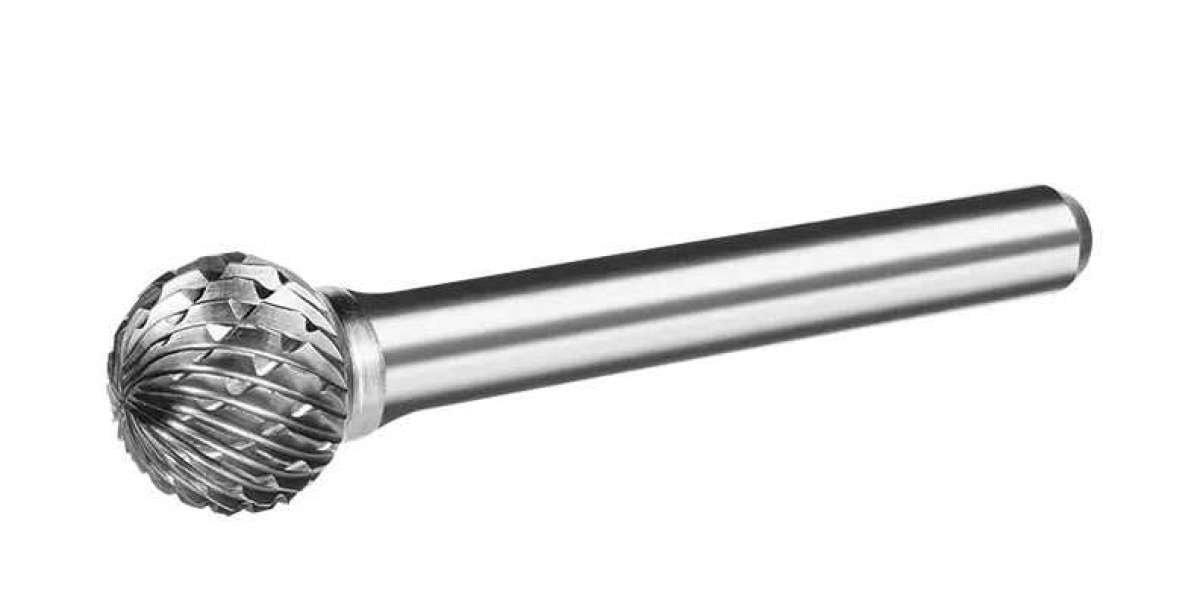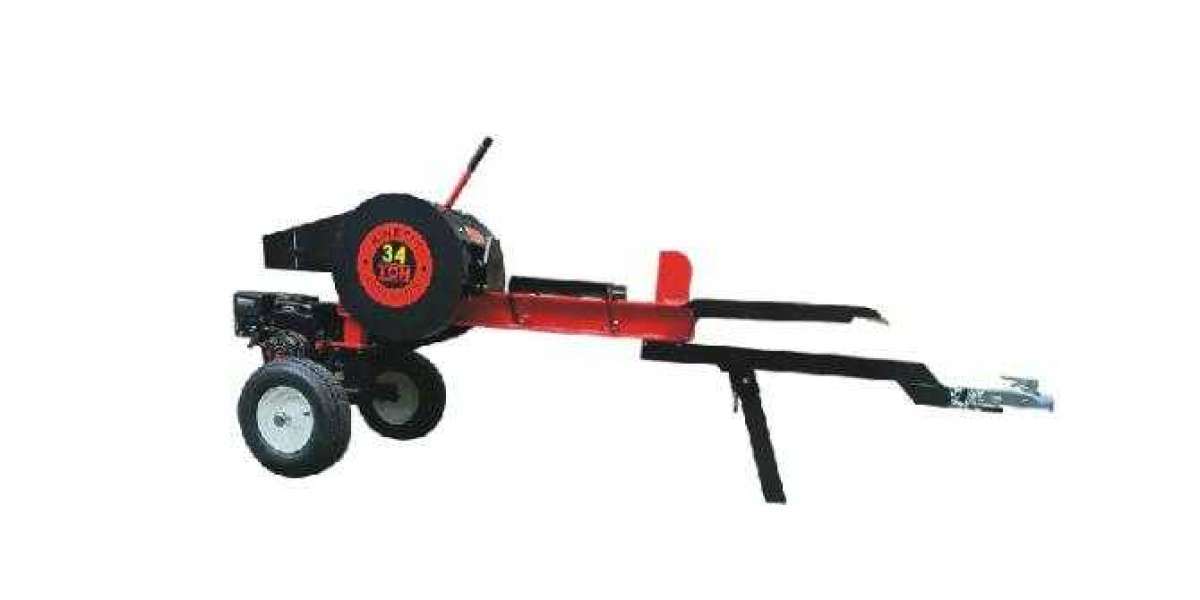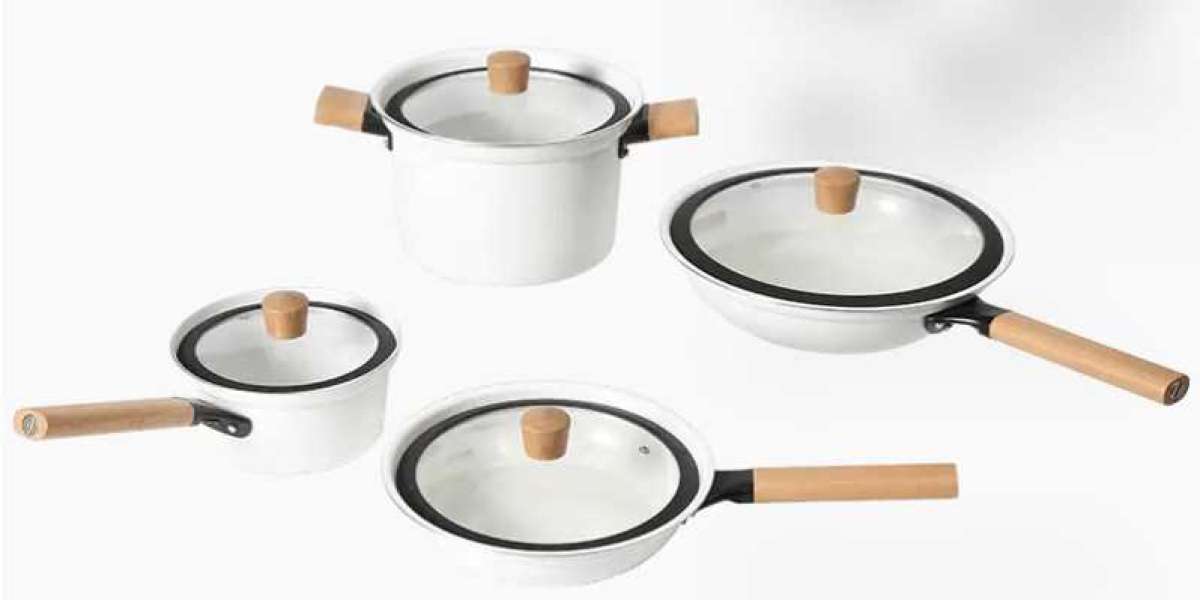Carbide Rotary Burs are renowned for their exceptional hardness and wear resistance, which are the cornerstones of their performance in various applications. These burs, made from tungsten carbide, a compound of carbon and tungsten, are used extensively in industries such as metalworking, woodworking, and dental prosthetics due to their ability to maintain sharpness and durability under demanding conditions. The hardness and wear resistance of Carbide Rotary Burs are critical factors that determine their longevity, cutting efficiency, and the quality of the work they produce.
The hardness of Carbide Rotary Burs is a measure of their resistance to deformation, which is crucial for maintaining a sharp cutting edge. Tungsten carbide, the primary material used in the manufacture of these burs, is one of the hardest materials known, second only to diamond in terms of hardness. This high hardness allows Carbide Rotary Burs to cut through hard materials without deforming or losing their shape, which would otherwise lead to a decrease in cutting efficiency and an increase in the need for tool replacement.
Wear resistance is another critical property of Carbide Rotary Burs, which refers to their ability to resist wear and tear during use. The wear resistance of these burs is a result of the chemical composition and microstructure of the tungsten carbide. The presence of carbon in the compound forms a hard, wear-resistant surface that can withstand the friction and heat generated during the cutting process. This resistance to wear ensures that Carbide Rotary Burs maintain their cutting performance over an extended period, reducing the frequency of tool changes and minimizing downtime in production processes.
The manufacturing process of Carbide Rotary Burs also plays a significant role in determining their hardness and wear resistance. The sintering process, where the tungsten carbide powder is heated to high temperatures to form a solid mass, is crucial in achieving the desired hardness and wear resistance. The temperature and pressure conditions during sintering can significantly affect the final properties of the burs. Proper control of these parameters ensures that the Carbide Rotary Burs have a uniform and dense microstructure, which contributes to their superior hardness and wear resistance.
In addition to the material properties and manufacturing process, the design of Carbide Rotary Burs also influences their hardness and wear resistance. The geometry of the bur, including the shape of the cutting edge and the overall design, can affect how the forces are distributed during the cutting process. A well-designed Carbide Rotary Bur will distribute these forces evenly, reducing the risk of chipping or breaking and extending the tool's lifespan.
The hardness and wear resistance of Carbide Rotary Burs are also tested and verified through various industry-standard tests. These tests, which include hardness testing using the Vickers or Knoop hardness test and wear resistance testing through methods such as the pin-on-disk test, provide quantitative data on the performance of the burs. These tests help manufacturers ensure that their Carbide Rotary Burs meet the required standards and perform consistently in real-world applications.
In conclusion, the hardness and wear resistance of Carbide Rotary Burs are the result of a combination of factors, including the material properties of tungsten carbide, the manufacturing process, and the design of the burs. These properties are essential for the burs to perform effectively in their intended applications, providing users with reliable and long-lasting cutting tools. Understanding the factors that contribute to the hardness and wear resistance of Carbide Rotary Burs is crucial for manufacturers, users, and researchers alike, as it allows for the development and selection of tools that meet the specific demands of their work.








